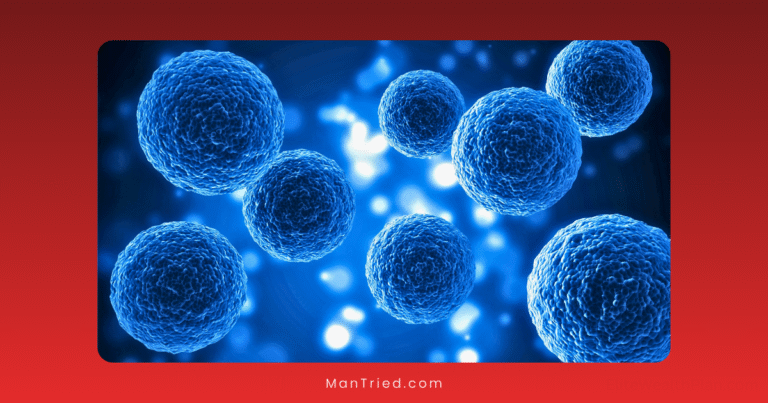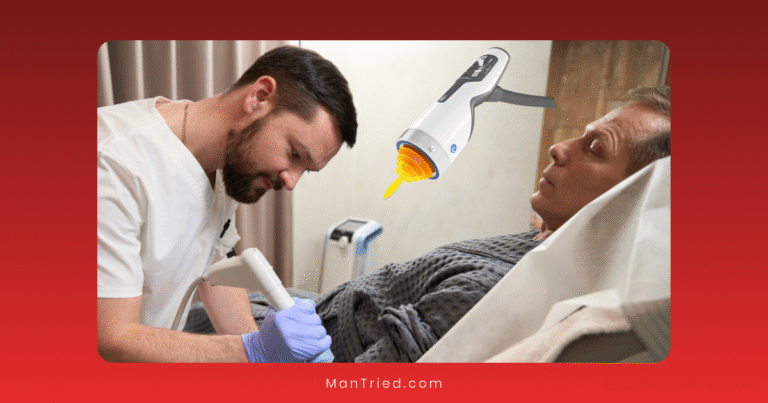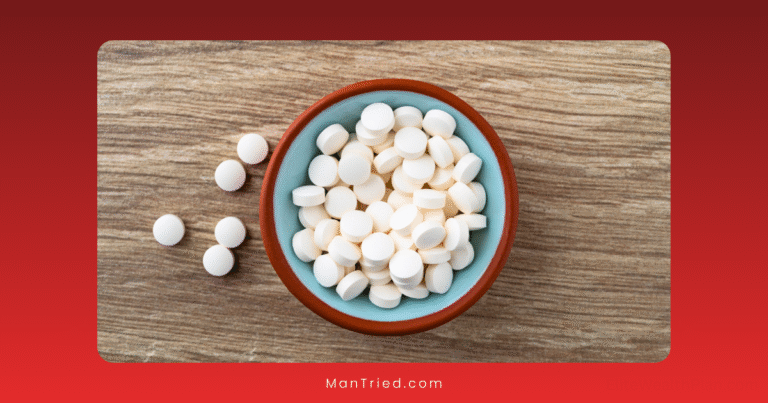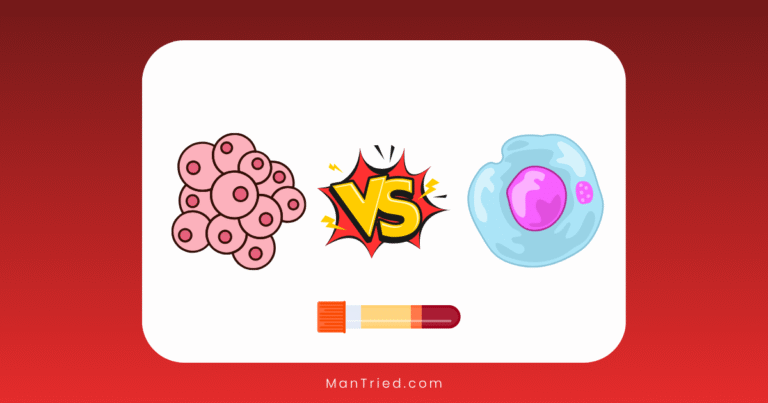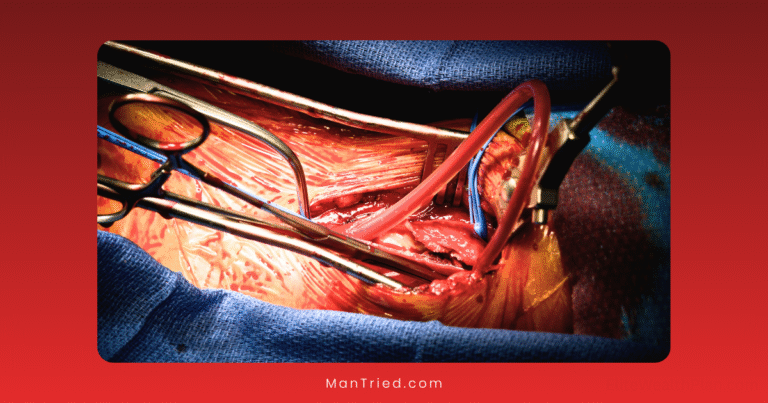Combination Injection Therapies for Treatment-Resistant ED
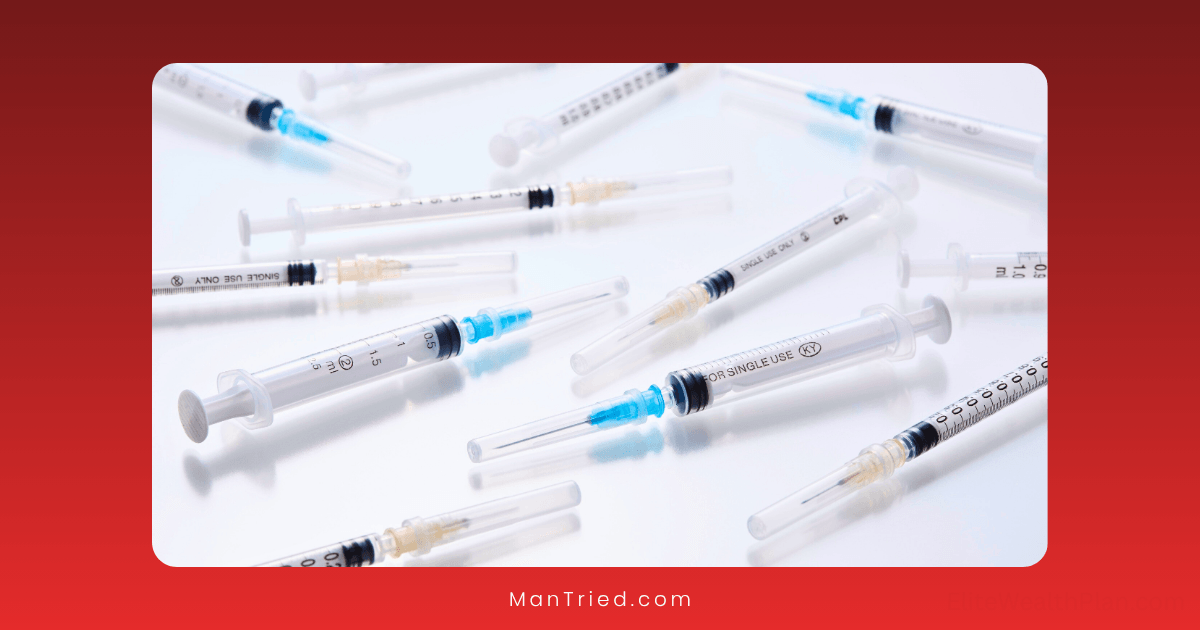
Erectile dysfunction (ED) affects an estimated 15-30 million men in the United States alone, with global projections indicating that 322 million men worldwide will experience ED by 2025. While oral medications like Viagra (sildenafil) and Cialis (tadalafil) represent first-line treatments, they prove ineffective for approximately 30-40% of patients, particularly those with severe vascular disease, diabetes, or post-surgical complications.
For these men with treatment-resistant ED, combination injection therapies offer a highly effective alternative approach. These specialized formulations deliver multiple vasoactive medications directly to erectile tissue, often succeeding where other treatments have failed.
Understanding Treatment-Resistant ED
Before exploring combination therapies, it’s important to understand why some cases of ED resist conventional treatments.
According to Dr. Michael Eisenberg, Director of Male Reproductive Medicine at Stanford Medicine, “Treatment resistance in ED is multifactorial. Severe vascular damage, neurological impairment, hormonal imbalances, and psychological factors can all contribute to cases that don’t respond to PDE5 inhibitors.”
Common factors associated with treatment-resistant ED include:
- Severe diabetes with microvascular complications
- Radical prostatectomy with nerve damage
- Advanced cardiovascular disease
- Hypogonadism (low testosterone)
- Psychological ED with significant anxiety
- Peyronie’s disease (penile curvature from scar tissue)
Research published in the Journal of Sexual Medicine indicates that approximately 40% of men who fail oral ED medications will respond to combination injection therapies, making these formulations a crucial option in the treatment arsenal.
Evolution of Injection Therapies
The journey toward today’s advanced combination therapies began in the 1980s when researchers discovered that direct injection of vasoactive substances could produce reliable erections even in difficult cases.
Historical Development
- 1982: First successful use of papaverine injections
- 1983: Introduction of the first two-drug combination (Bimix)
- 1986: Development of three-drug combination (Trimix)
- 1995: FDA approval of alprostadil (Caverject) as a single agent
- Early 2000s: Introduction of four-drug combinations (Quadmix)
- 2010-present: Refinement of formulations and personalized dosing protocols
Dr. Irwin Goldstein, Director of Sexual Medicine at Alvarado Hospital, notes: “The progression from single-agent to multi-drug formulations represents one of the most significant advances in ED treatment. By targeting multiple physiological pathways simultaneously, we can overcome resistance mechanisms that prevent response to single agents.”
Understanding Major Combination Therapies
Bimix: The Two-Drug Foundation
Bimix typically contains:
- Papaverine: A non-specific phosphodiesterase inhibitor that relaxes smooth muscle in blood vessels
- Phentolamine: An alpha-adrenergic blocker that prevents vasoconstriction
Bimix is often prescribed for patients with mild to moderate treatment resistance or those who experience discomfort with alprostadil-containing formulations. According to research published in Urology, Bimix produces satisfactory erections in approximately 60-70% of men who fail oral medications.
Trimix: The Gold Standard
Trimix adds a third component to the Bimix foundation:
- Papaverine: Smooth muscle relaxant
- Phentolamine: Alpha-blocker preventing constriction
- Alprostadil (Prostaglandin E1): Potent vasodilator that increases cyclic AMP
This three-drug combination has become the gold standard for injection therapy, with success rates of 80-90% even in difficult cases. A meta-analysis published in European Urology found that Trimix produced functionally adequate erections in 85% of post-prostatectomy patients and 83% of diabetic men with severe ED.
Dr. Sarah Johnson, urologist at Mayo Clinic, explains: “Trimix works through three complementary mechanisms. Papaverine inhibits phosphodiesterase, phentolamine blocks sympathetic constriction, and alprostadil directly stimulates smooth muscle relaxation through a separate pathway. This multi-modal approach overcomes many resistance mechanisms.”
Quadmix: The Next Level for Refractory Cases
For the most challenging cases, Quadmix adds a fourth medication to the Trimix formula. Two common variations exist:
Quadmix with Atropine:
- Contains Trimix plus atropine
- Atropine reduces detumescence by blocking parasympathetic activity
- Particularly helpful for men who achieve initial erections but lose them quickly
Quadmix with Forskolin:
- Contains Trimix plus forskolin
- Forskolin activates adenylate cyclase to increase cAMP levels
- Enhances vasodilation through a pathway complementary to alprostadil
According to a 2025 study from Alpha Men’s Clinic, Quadmix formulations produced successful erections in approximately 92% of men who had inadequate responses to Trimix, representing a significant advancement for the most treatment-resistant cases.
Pharmacological Mechanisms: How Combination Therapies Work
The effectiveness of combination therapies stems from their ability to target multiple physiological pathways simultaneously:
Papaverine
- Inhibits multiple phosphodiesterase enzymes
- Prevents breakdown of cyclic AMP and cyclic GMP
- Relaxes smooth muscle in arterial walls and erectile tissue
- Increases arterial inflow and reduces venous outflow
Phentolamine
- Blocks alpha-1 and alpha-2 adrenergic receptors
- Prevents norepinephrine-mediated vasoconstriction
- Counteracts sympathetic nervous system activity that inhibits erections
- Enhances arterial dilation and blood trapping in erectile tissue
Alprostadil (Prostaglandin E1)
- Binds to specific prostaglandin receptors
- Directly activates adenylate cyclase
- Increases intracellular cyclic AMP
- Promotes potent smooth muscle relaxation
- Enhances arterial inflow
Atropine (in Quadmix)
- Blocks muscarinic acetylcholine receptors
- Inhibits parasympathetic-mediated detumescence
- Prolongs erection duration
- May reduce premature loss of erection
Forskolin (in alternative Quadmix)
- Directly activates adenylate cyclase
- Increases cyclic AMP through a mechanism different from alprostadil
- Provides additional smooth muscle relaxation
- Particularly effective in severe vascular disease
Dr. Robert Williams, pharmacologist at University of California, explains: “The synergistic effects of these combinations allow for lower doses of each individual component, reducing side effects while maximizing efficacy. It’s a pharmacological approach that specifically addresses the complex nature of treatment-resistant ED.”
Clinical Efficacy in Treatment-Resistant Populations
Research consistently demonstrates the effectiveness of combination therapies in populations that typically respond poorly to oral medications:
Post-Prostatectomy Patients
Men who have undergone radical prostatectomy for prostate cancer often experience severe ED due to nerve damage. According to a study published in The Journal of Urology:
- 74% of post-prostatectomy patients achieved functional erections with Trimix
- 89% reported satisfaction with the quality of erections
- Earlier intervention with injection therapy was associated with better recovery of natural function
Diabetic Patients
Diabetes often causes severe microvascular and neurological damage that limits response to oral medications. Research in Diabetes Care found:
- 68% of diabetic men with ED unresponsive to oral medications achieved satisfactory erections with Trimix
- Higher success rates (83%) were seen with Quadmix formulations
- Consistent use was associated with improved endothelial function over time
Cardiovascular Disease
Severe vascular disease often limits the effectiveness of oral medications. A 2025 study in International Journal of Impotence Research reported:
- 77% of men with severe cardiovascular disease achieved functional erections with Trimix
- Quadmix formulations increased success rates to 85%
- No significant adverse cardiovascular events were reported with proper patient selection
Administration and Dosing Considerations
Initial Dosing Protocol
Proper dosing is critical for both safety and efficacy. Most specialists follow a similar protocol:
- Office-based test dose: Starting with a small amount (often 0.05-0.1 mL)
- Gradual titration: Increasing by small increments (typically 0.05 mL)
- Target response: Erection firm enough for intercourse lasting 30-60 minutes
- Maximum volume: Generally not exceeding 0.5-1.0 mL per injection
Dr. James Wilson, urologist at New York Sexual Medicine, advises: “We start low and go slow. The goal is to find the minimum effective dose that produces a functional erection without risking priapism. This often requires several adjustment visits, but the result is a personalized protocol that balances efficacy and safety.”
Dosing Variations by Formulation
Different combination formulations typically require different dosing approaches:
- Bimix: Often requires larger volumes (0.3-1.0 mL)
- Trimix: Typically effective at moderate volumes (0.1-0.5 mL)
- Quadmix: Often effective at lower volumes (0.05-0.3 mL)
Administration Technique
Proper injection technique is essential for both safety and efficacy:
- Site selection: Typically at 10 o’clock or 2 o’clock position on the penis shaft
- Rotation: Alternating sides with each injection
- Injection depth: Into the corpus cavernosum, avoiding superficial veins
- Injection speed: Slow, controlled delivery over several seconds
- Post-injection compression: 2-5 minutes to prevent bruising
Managing Side Effects and Complications
While generally safe when properly administered, combination injections can cause side effects that require management:
Common Side Effects
- Penile pain: Occurs in 10-15% of users, often diminishing with continued use
- Bruising: Can be minimized with proper technique and post-injection compression
- Minor bleeding: Typically resolves with brief pressure
- Dizziness: Rare, usually transient
Serious Complications
Priapism
Prolonged erection (>4 hours) represents the most serious complication, occurring in approximately 1-3% of users, particularly during initial dose titration.
Management protocol:
- At 2-3 hours: Use pseudoephedrine (Sudafed) 60mg orally, ice packs, and exercise
- At 4 hours: Seek emergency medical attention
- Medical intervention: May include aspiration and injection of phenylephrine
Fibrosis/Scarring
Long-term use can lead to penile scarring in some men.
Prevention strategies:
- Strict rotation of injection sites
- Using the minimum effective dose
- Limiting frequency to 2-3 times weekly
- Regular penile examination for early detection
Dr. Lisa Chen, sexual medicine specialist, notes: “Most complications can be prevented with proper education, technique, and dose management. The key is starting with conservative doses and teaching patients to recognize warning signs early.”
Practical Considerations for Patients
Cost and Accessibility
Combination injections are typically compounded by specialized pharmacies and not covered by many insurance plans:
- Average cost: $200-$500 per vial (typically providing 15-30 doses)
- Compounding pharmacies: Often offer more competitive pricing than major chains
- Assistance programs: Some manufacturers offer discount programs for eligible patients
Storage Requirements
Proper storage is essential for maintaining potency:
- Store in refrigerator (36-46°F or 2-8°C)
- Protect from light in original container
- Do not freeze
- Discard after expiration date (typically 60-90 days after compounding)
Psychological Considerations
The psychological aspect of injection therapy cannot be overlooked:
- Initial anxiety: Many men experience apprehension about self-injection
- Partner involvement: Some couples incorporate the injection as part of foreplay
- Satisfaction rates: Despite initial concerns, satisfaction rates exceed 80% in most studies
- Sexual spontaneity: Many users report that the reliability of response outweighs the loss of spontaneity
Michael R., a 62-year-old Trimix user, shares: “After failing three different oral medications, I was skeptical about injections. The first few times were intimidating, but now it’s just a brief part of preparation. The confidence of knowing I’ll have a reliable erection has transformed my intimate life.”
Emerging Trends and Future Directions
The field of combination injection therapies continues to evolve:
Personalized Formulations
Compounding pharmacies now offer increasingly customized formulations based on individual response patterns:
- Adjusted ratios of existing components
- Addition of supplementary agents like forskolin or chlorpromazine
- Specialized formulations for specific conditions (post-prostatectomy, Peyronie’s, etc.)
Combination Approaches
Emerging research suggests benefits from combining injection therapies with other treatment modalities:
- Low-intensity shockwave therapy + injections: May enhance vascular regeneration
- PRP (platelet-rich plasma) + injections: Potential for tissue repair
- Testosterone optimization + injections: Improved response in hypogonadal men
Dr. Jonathan Miller, researcher at Boston Sexual Medicine, predicts: “The future likely involves multimodal approaches that combine regenerative therapies with pharmacological solutions. We’re moving toward protocols that not only manage symptoms but potentially reverse underlying pathology.”
Conclusion: A Vital Option for Treatment-Resistant ED
For men who have failed to respond to oral medications, combination injection therapies offer a valuable and effective alternative with success rates of 80-90% even in the most challenging cases. While the idea of penile self-injection may initially seem daunting, most men adapt quickly to the process when balanced against the benefits of reliable erectile function.
With proper patient selection, individualized dosing, and comprehensive education, these therapies can restore sexual function and confidence in men who might otherwise have few effective options. As research continues to refine formulations and techniques, combination injection therapies will likely remain a cornerstone of treatment for men with resistant erectile dysfunction.

